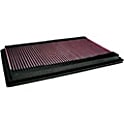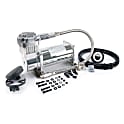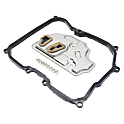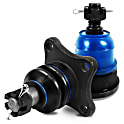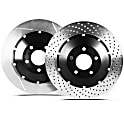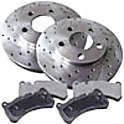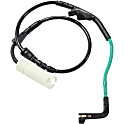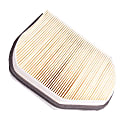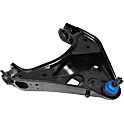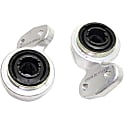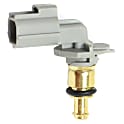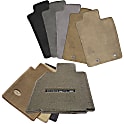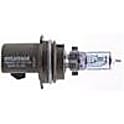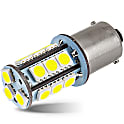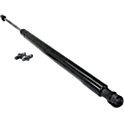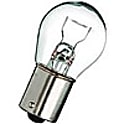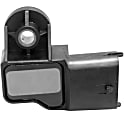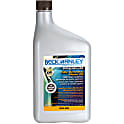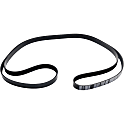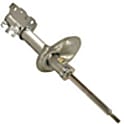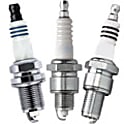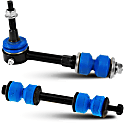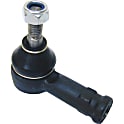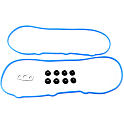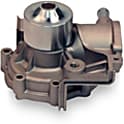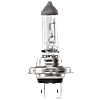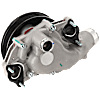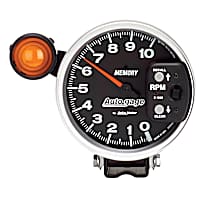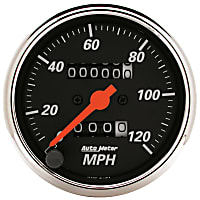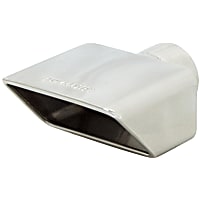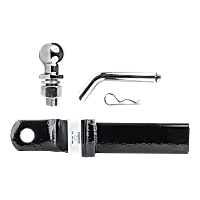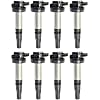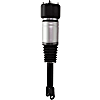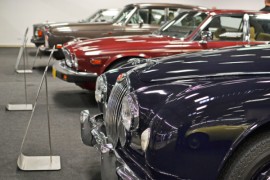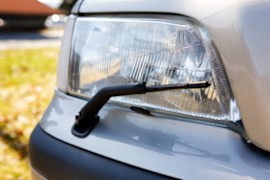{
"lazyNodes": false,
"abFitnotesFlag": false,
"abCrawlReviews": true,
"productOptionsCookie": false,
"orderDelayFlag": false,
"skipSessionCookie": false,
"covidMessage": false,
"fullTitleCookie": false,
"nrLoggerCookie": true,
"checkoutReviewCookie": false,
"productOptionSeqCookie": false,
"maintenanceFlag": false,
"bufferETACookie": false,
"multiShippingDiscountFlag": false,
"newFitmentFlag": false,
"surveyOptInFlag": true,
"crossSellFlag": false,
"skuMappingFlag": false,
"paySplitCookie": false,
"callDisableFlag": true,
"zipPaymentFlag": "c",
"hassleFreeReturn": true,
"lifetimeReplacement": true,
"cpn_off": false
}Need help?Chat with us

Jaguar XJR Parts & Accessories
Find the right parts fasterSelect your vehicle
Select Your Vehicle Part
Top Rated Products
Popular Products
Product Questions & Answers
Q:2008 jag superv8 I need ignition coils very good quality?
A shopper
A:BEST ANSWERHi,
This part number SET-REPJ504610-8, an 8 piece kit is actually our best buy for the last 2 years since it is with 1 year unlimited mileage warranty and much affordable as well. This is our company's affordable aftermarket replacement brand with comparable or higher quality as of the factory original. Our products are sourced globally from only OES (Original equipment Suppliers) that comply with QS 9000 / ISO 9000 / ISO 14000-1 / TS16949 standards. Show less
Jeonino E.
1 Question, 1 AnswerView all Q&As >
Q:Is this 2 in QTY or how do I select Left or Right configuration?
Naveen M.
A:BEST ANSWERHi Naveen, thank you for reaching out! No, it is sold per piece. Kindly provide your vehicle information so we can check if you have both parts for you. We hope to hear from you soon! Show less
Andrew B.
2 Questions, 1 AnswerView all Q&As >
Q:Is this the sport Or comfort part?
Lacey R.
A:BEST ANSWERHi Lacey, thank you for reaching out. It is the Comfort. You can click the link below to order the part while stocks last. Have a good one!
https://www.carparts.com/shock-absorber-and-strut-assembly/truedrive/repj288001?can=cpab2020_csqa_20230526 Show less
Andrew B.
3 Questions, 1 AnswerView all Q&As >
Shopping for Jaguar XJR Parts
Fun and Interesting Facts about the Jaguar XJR
- The letters 'XJ' in the Jaguar XJR's model name originally stood for "Experimental Jaguar" saloon.
- The Jaguar XJR was introduced the same year when the Jaguar X300 was being produced. The Jaguar XJR was introduced as a high performance edition of the XJ series which was the fastest four-door production saloon.
- The Jaguar XJR was the first ever supercharged car that was manufactured by the automaker.
- Jaguar teamed up with Tom Walkinshaw Racing (TWR) for the first generation of the Jaguar XJR. The first generation of XJR was a joint venture between Jaguar and Tom Walkinshaw Racing (TWR) in which Jaguar agreed to ship the XJR models all the way to TWR's Kidlington factory where the cars were developed and set up as high-performance saloon. The high-performance first generation Jaguar XJR was called JaguarSport.
- The Jaguar XJR was initially equipped with the same 3.6 litre in-line six as the XJ40 but it went through major style and performance enhancements later on which included a re-profiled cam and a modified exhaust and intake. The last Jaguar XJR models for the first generation were equipped with a 4.0 in-line six which became the starting point for the model's second generation XJRs.
- The first generation of the Jaguar XJR were extremely rare. Jaguar produced approximately only 1,250 XJRs from 1989 to 1995. The first Jaguar XJRs came in two different versions. The earlier phase one cars had four headlights while the later phase two cars had square headlights.
- For the World Sportscar Championship Group C and the IMSA Camel GTP competition that took place from 1984 through 1993, Jaguar backed teams with their Jaguar XJR Sportscar. Bob Tullius came up with the project in which he formed the Group 44 racing team and campaigned Jaguar E-Types for the next two decades.
- Jaguar specially designed the XJR-5 model for competition in the IMSA's GTP class. The Jaguar XJR-5 was exclusively designed by Lee Dykstra as a car that could be equipped with a Jaguar V12 racing engine. The project, which followed Group 44's four previous cars named the XJR 1 through 4, was funded by Mike Dale of Jaguar Cars Inc. in New Jersey.
Vehicle Years
Helpful Automotive Resources
Front-Wheel Drive, Rear-Wheel Drive, or All-Wheel Drive?In a front-wheel drive system, the drive axle shafts transfer torque to the front drive wheels. This means that the front wheels are responsible for power delivery as well as steering. An FWD powertrain uses a transaxle, which combines the transmission and differential in one assembly.
The Most Expensive Cars Auctioned Off in the US in the Last DecadeThe #4 1955 Jaguar D-Type with chassis number XKD501 holds the record for being the most expensive Jaguar as well as the most expensive Le Mans winner ever sold in a public auction. It was originally bought by the Scottish Ecurie Ecosse racing team. This race car won the 24
Blast From the Past: The Headlight Wiper Fad and Other Obsolete Auto FeaturesOne of the many features that didn’t last long was the headlight wiper, which is essentially a small windshield wiper that cleaned the headlights.
The Short-Lived Headlight Wiper Trend



